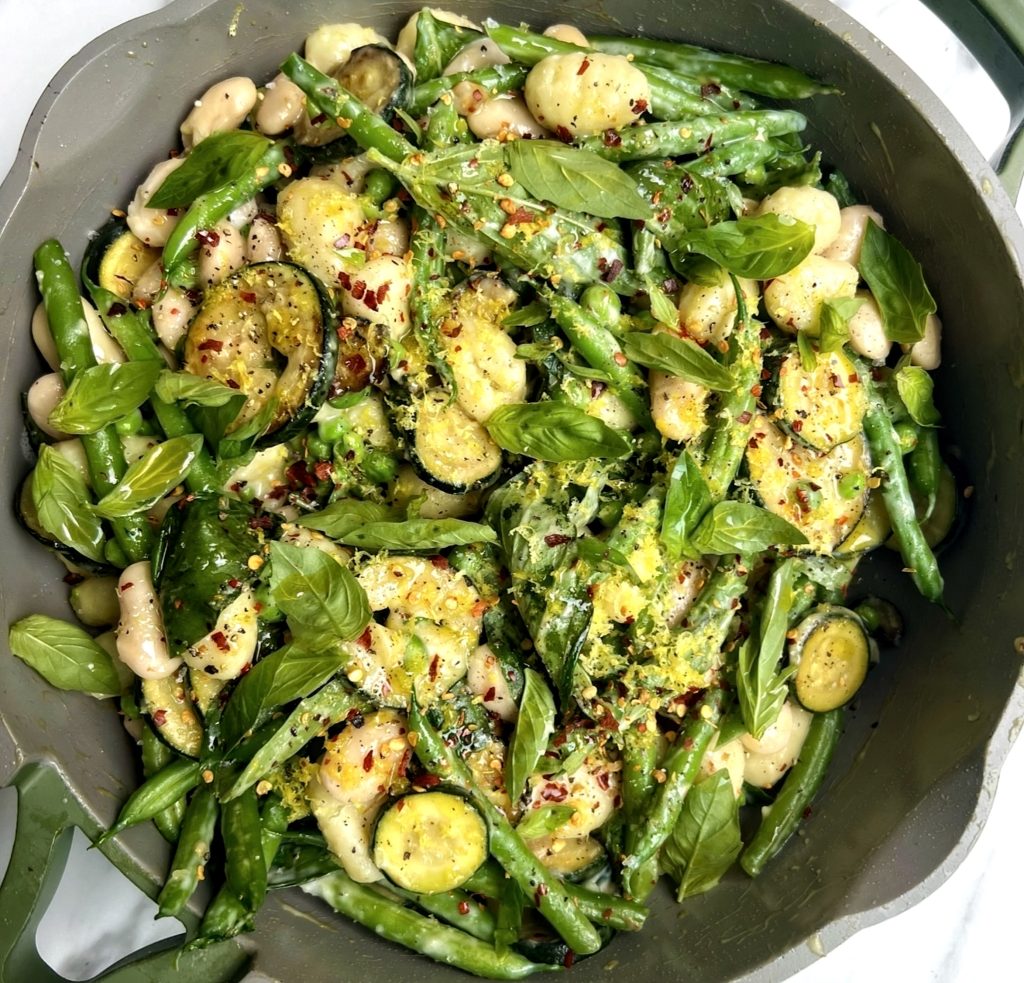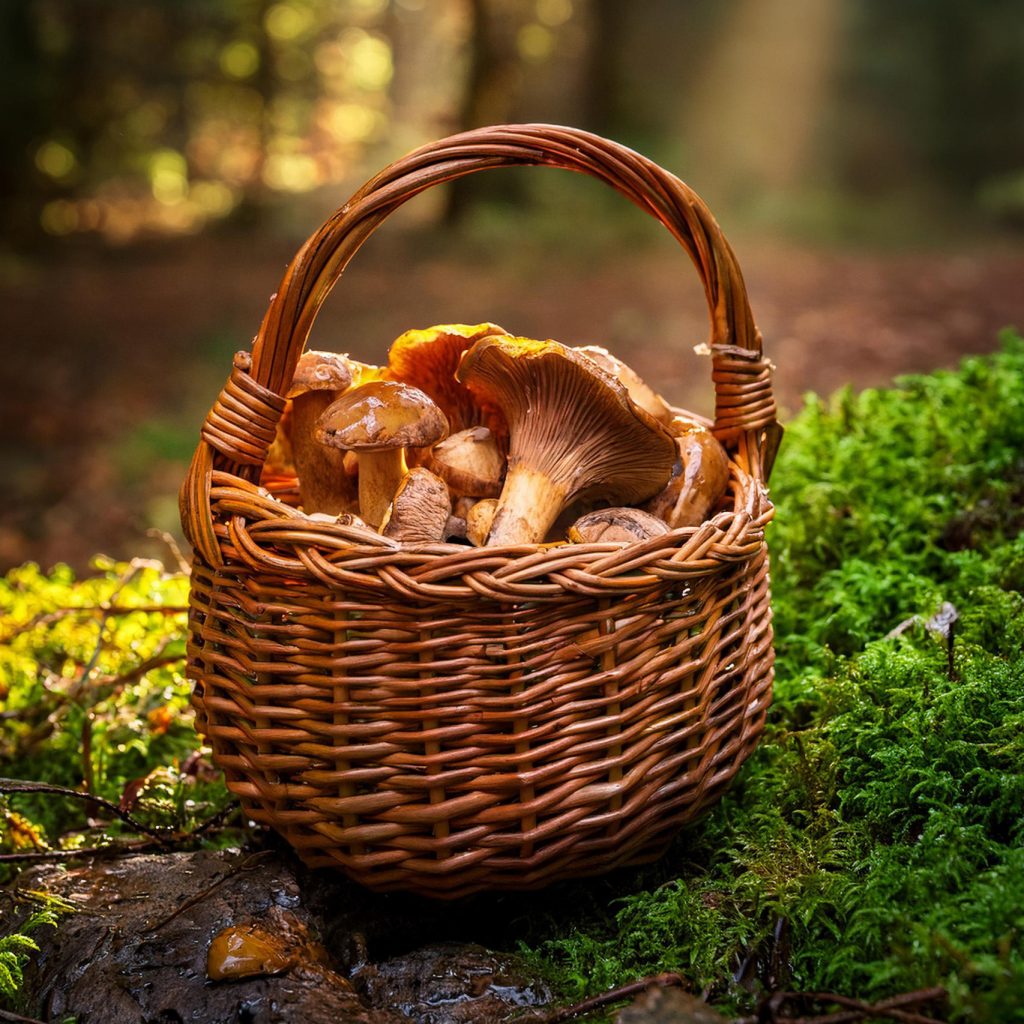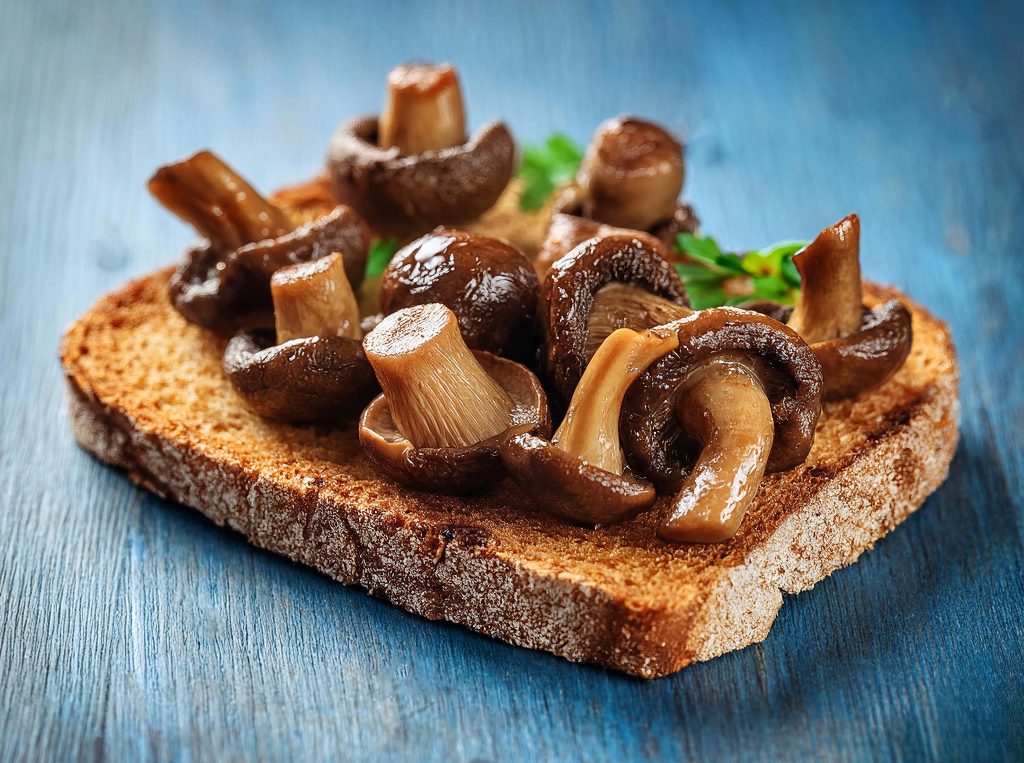There’s something deeply satisfying—almost primal—about foraging for your own food on an early sunny spring day. The air is crisp, kissed by the scent of damp earth and new blooms, while golden sunlight filters through the young leaves above, dappling the ground in warm patches. Birds chatter overhead as you crouch down, brushing aside tufts of moss or tall blades of grass, eyes scanning for nature’s hidden treasures: wild garlic, dandelion greens, tender nettles, or violet petals.
Each find feels like a secret whispered from the land—gifts tucked away in plain sight. There’s a peaceful rhythm to it: the slow walk, the careful picking, the light rustle of your gathering bag. And when you lift your face to the sun, hands stained green and heart light, there’s a quiet sense of abundance that no grocery store can match. The food is free, yes—but more than that, it’s alive. It connects you to the season, to the land, to something older and wiser than modern convenience.
Later, in your kitchen, that same wild garlic becomes a vibrant pesto, spooned over crusty bread or tossed with warm pasta. Nettles turn into a silky soup, full of iron and freshness. These meals are simple, but rich in flavor and story. You can taste the spring sun, feel the joy of discovery, and remember the gentle rustle of wind through budding trees. Foraging turns nourishment into a celebration—of health, of the earth, and of our place within it. It’s not just food; it’s a reminder that the best things in life are often the simplest, waiting quietly just beyond the path.
- cups (loosely packed) fresh nettle leaves - be careful; always use gloves or tongs when handling nettle; it stings!
- 1 garlic clove, chopped
- ⅓ cup toasted almonds*
- 1 tbsp white miso
- 1½ tbsp lemon juice, or more to taste
- 2 tbsp nutritional yeast, or more to taste
- ⅓ cup extra-virgin olive oil
- Sea salt, to taste
- 1-2 tbsp water
- Optional: chili flakes
- Always use gloves or tongs when handling fresh nettle - if you touch it with bare hands, it will sting and you will feel its effect for a few hours.
- Wearing gloves, wash the nettle under running water. In a food processor, combine the nettle, garlic, toasted almonds, miso, lemon juice (start with 1½ tablespoons) and nutritional yeast. Blend to combine.
- With the food processor running, drizzle in the olive oil. Stop the machine to scrape down the sides as needed. Add water, one tablespoon at a time and continue blending until you get a creamy texture. Taste and add salt, more lemon juice and/or chili flakes if necessary until it’s flavourful and well balanced. Serve with pasta, in a sandwich, as a dip, etc.









